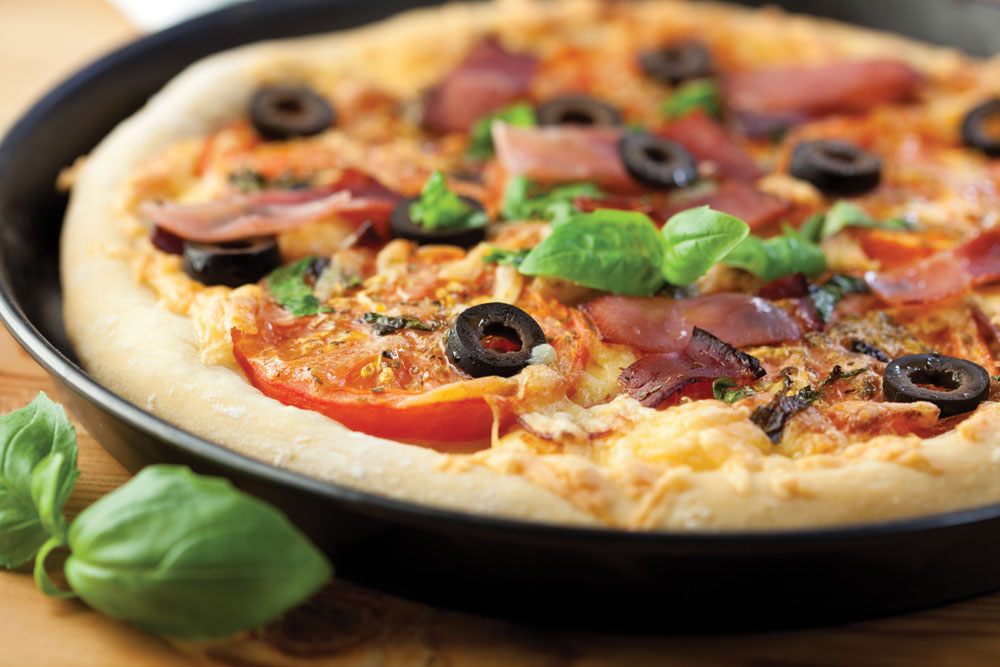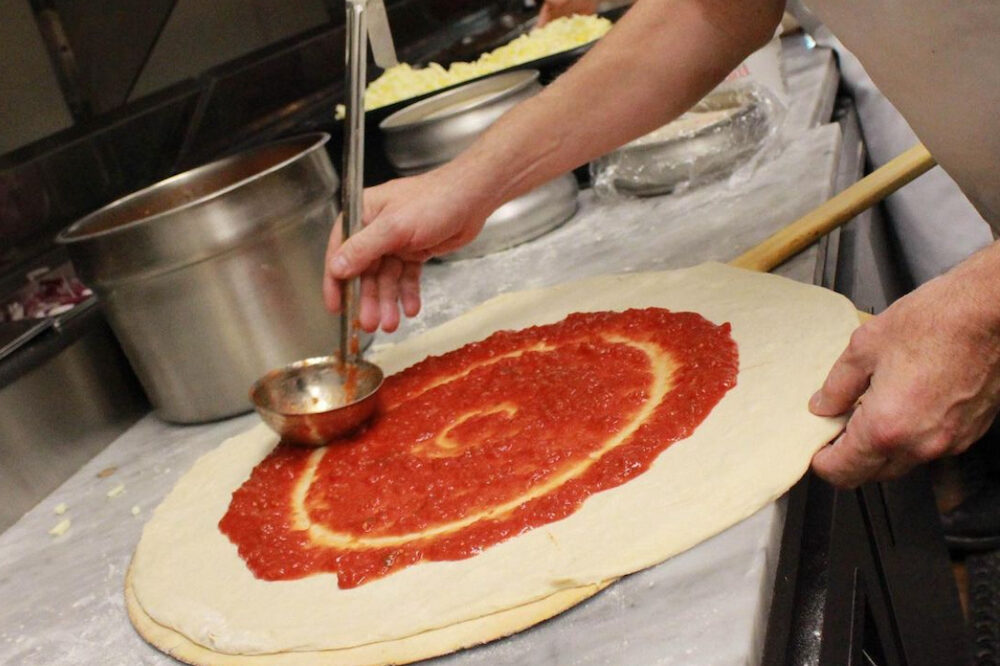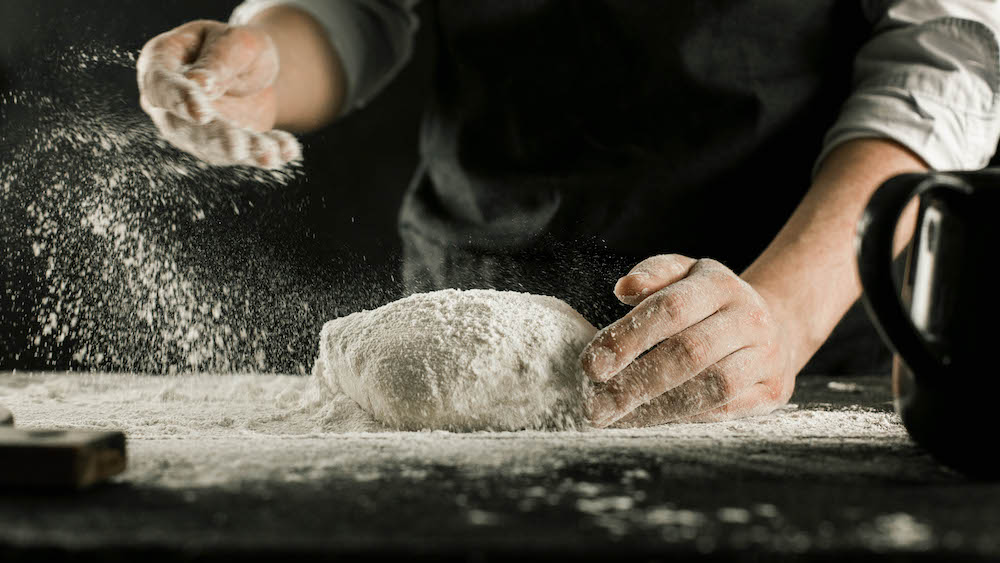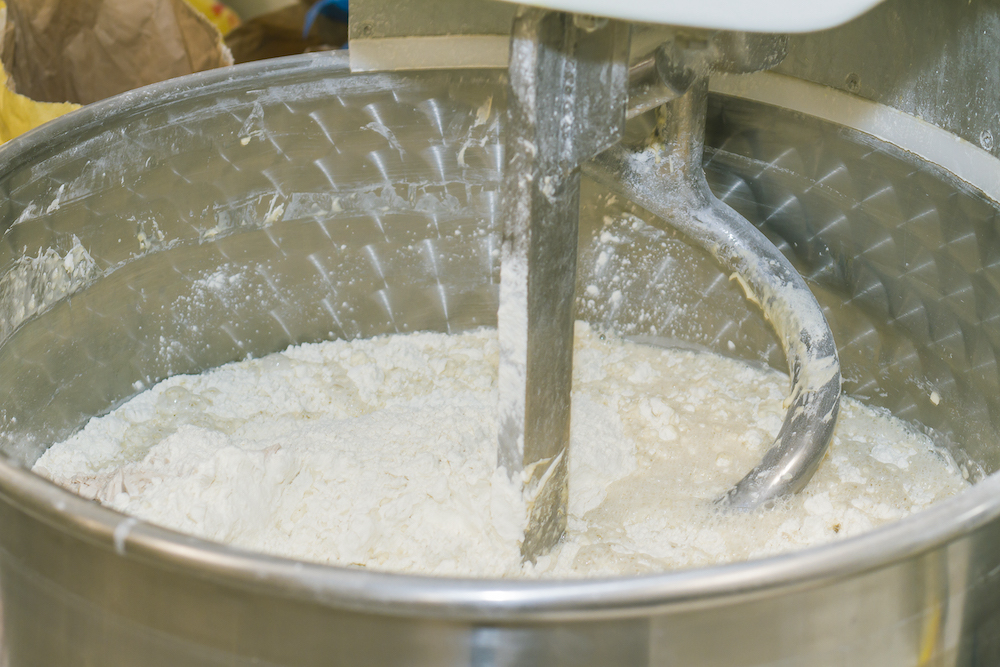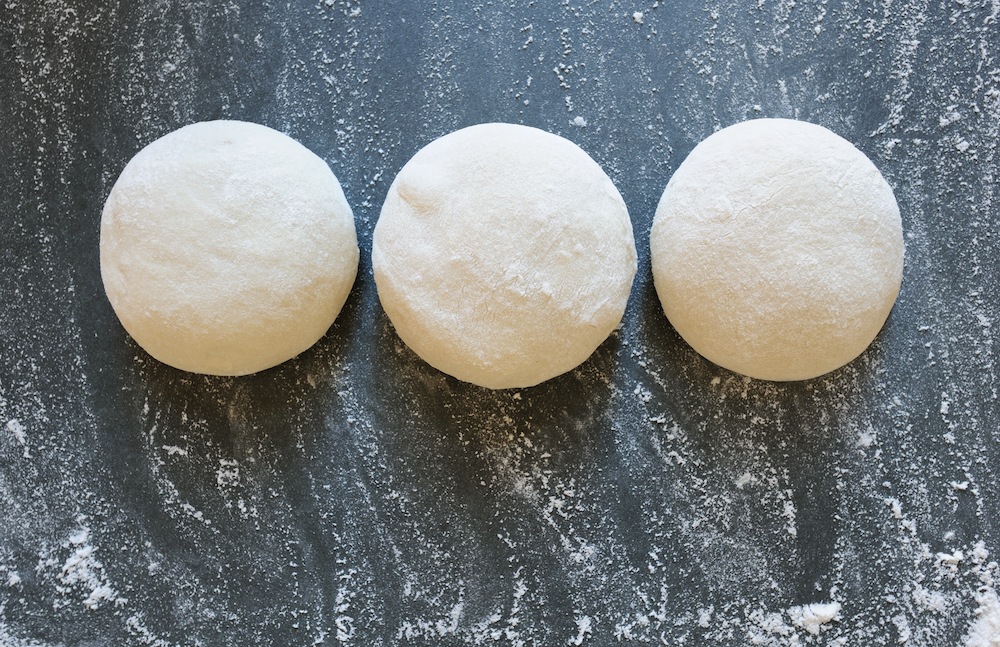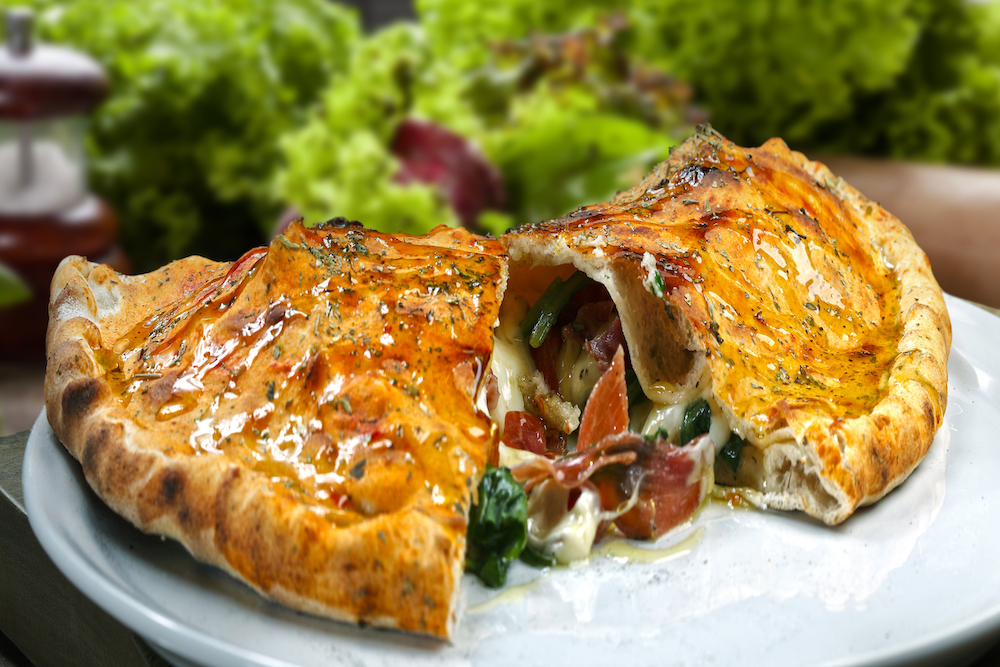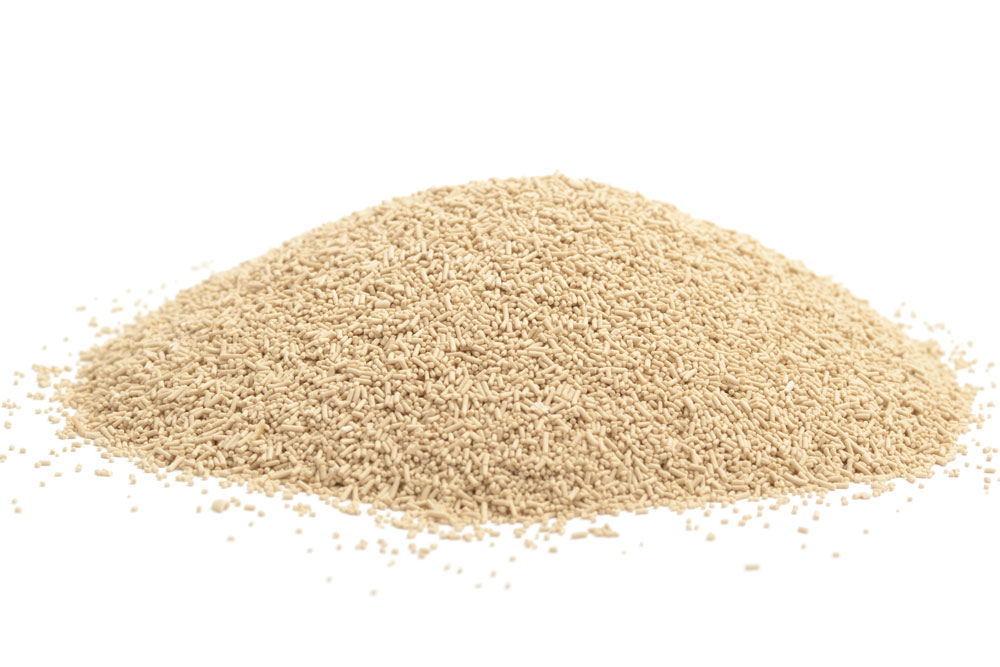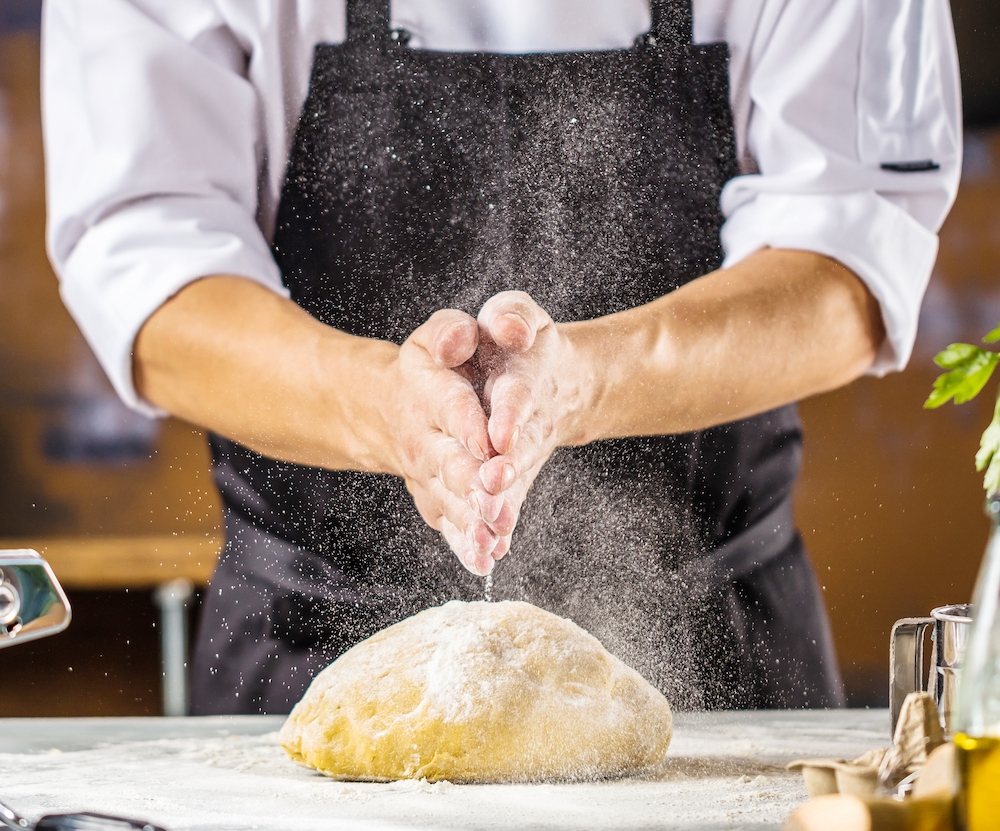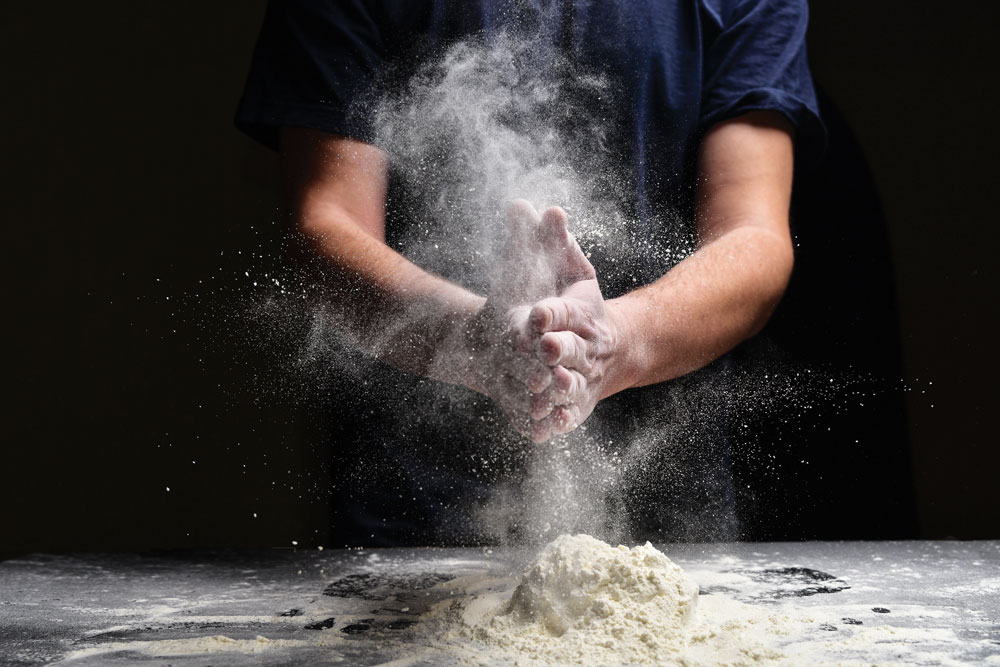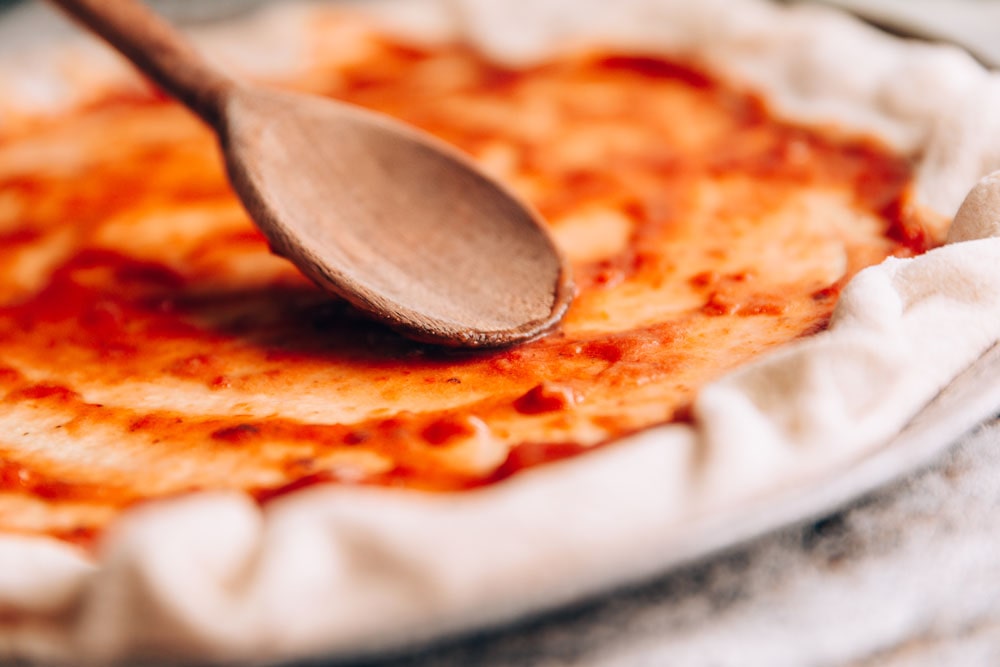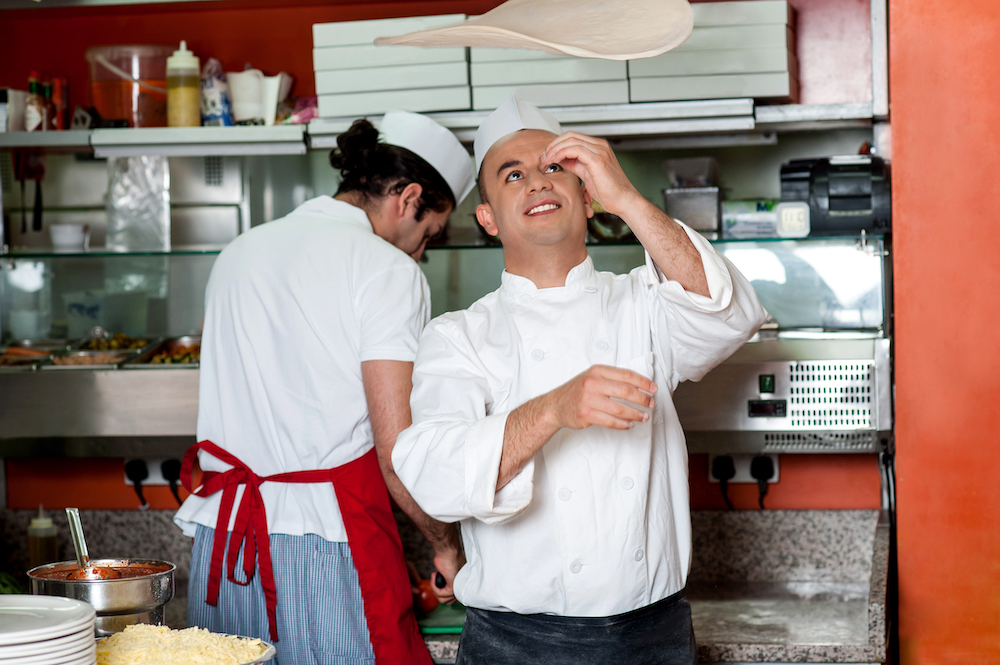QUESTION:
In your previous column, you explained how to take care of seasoned steel pans. What about aluminum pans?
ANSWER:
We’ll look at two types of aluminum pans in this month’s column: bright finish and dark anodized finish.
Bright Finish. Bright-finish aluminum pans come in two forms: raw (untreated) aluminum, which I would not recommend using, and anodized finish. Raw aluminum pans will discolor with merely the slightest exposure to soapy (alkaline) water and are also highly prone to corrosion. I’ve seen such bad corrosion on some pans that they looked as if they had been attacked with an ice pick!
On the other hand, anodized-finish aluminum pans will have a bright finish, but they are not prone to the problems described above. Even so, they must be seasoned before use to obtain the best baking results. All things considered, I place bright-finish aluminum pans on par with bright steel pans. Steel pans are a bit more resistant to damage, but they are also prone to rusting, so, in my book, it comes out a draw.
Dark Anodized Finish. Although we normally think of a dark-color, nonstick finish as a Teflon coating, Teflon has not proven to be very durable in this application. Therefore, most of what you see today in this type of finish will actually be a bonded, anodized finish that is much more durable than Teflon. All anodized finishes are not the same, however—some are extremely durable, while others simply aren’t. My advice is to purchase a couple of sample pans from different manufacturers and test them out in your operation, or consult with others who use pans from that manufacturer about their durability.
The biggest benefit of a dark anodized-finish pan is that it has all the color it needs to give a great bake right from the start. It won’t need any messy seasoning and, by nature, will be highly resistant to damage resulting from soaking in hot, soapy water. These pans need only a very light coating of oil, applied occasionally during use, to ensure good release properties. In fact, the finish on some of these pans is so hard and durable that you can dig a deep-dish pizza out of the pan using a metal spatula without damage to the pan.
The biggest drawback to this type of pan can be the upfront purchase cost—it’s not cheap. However, when considering the pan’s overall durability, that expense might start looking like a pretty good investment a few years down the road when you begin noticing problems with other seasoned pans; the dark-color anodized pans will keep doing their job without much, if any, maintenance or serviceability issues.
Finally, on the general subject of seasoning pans, there could be one minor drawback: When you season a pan, it will create a significant amount of smoke, so keep this in mind, particularly if you’ve got smoke detectors in your building or neighbors who may complain or think a fire has broken out. If a fire truck shows up, you may have to explain to the firemen that you were simply seasoning your pans!



